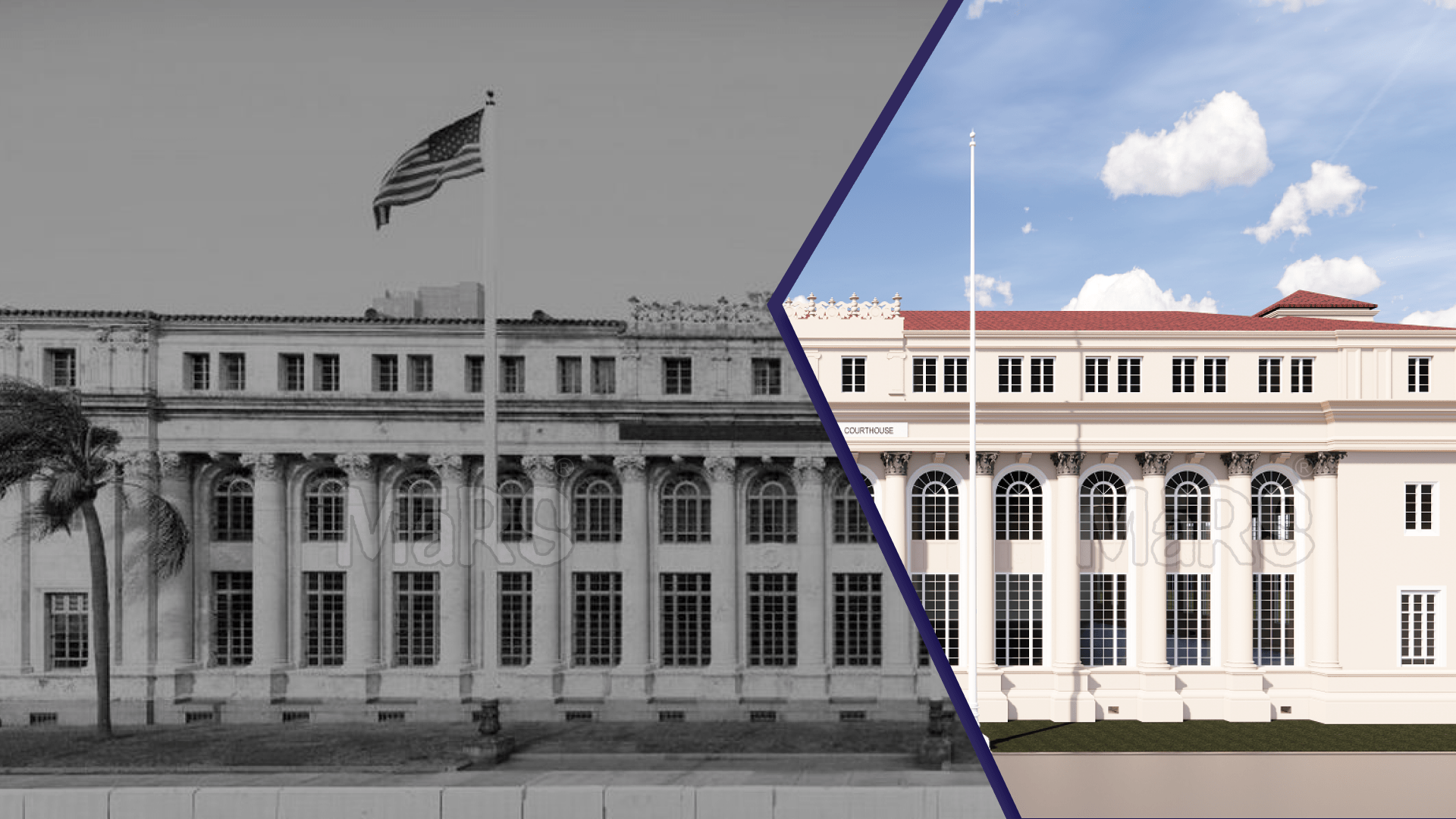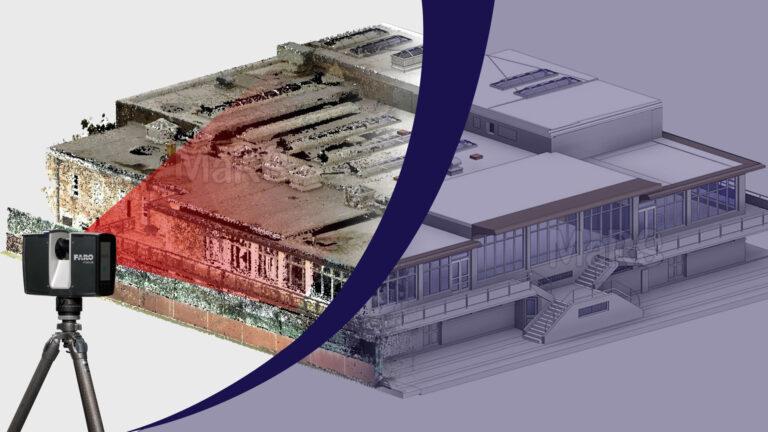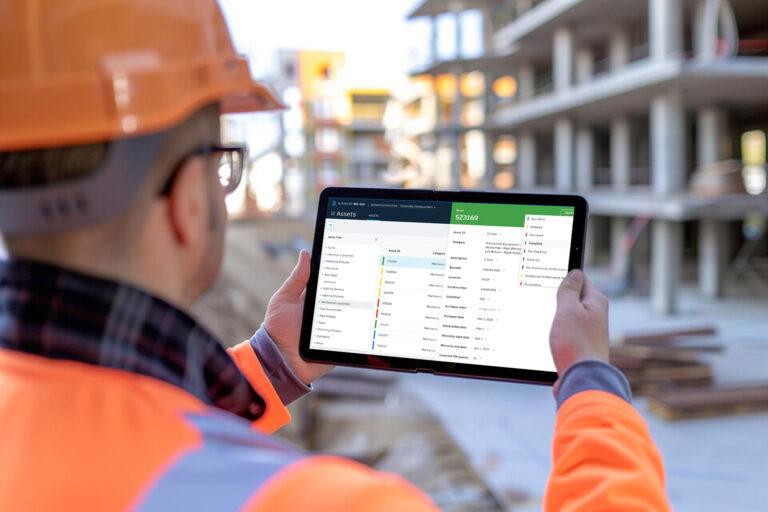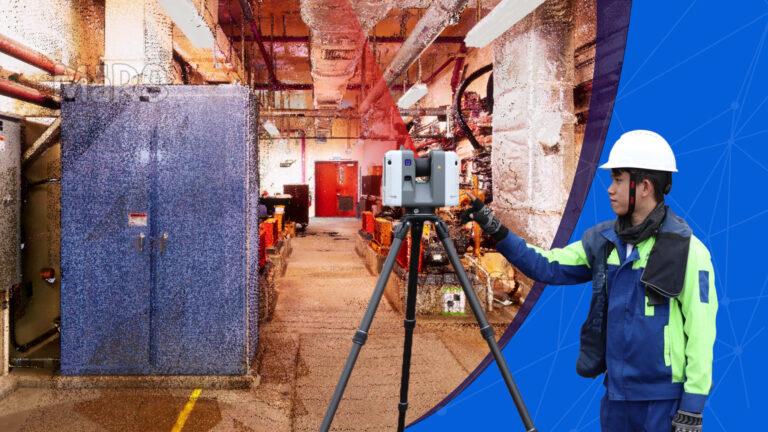In an era of constant change bringing frequent updates, the urge to hold on to what is familiar in an ever-evolving world is on the quenching. To safeguard and conserve sites, buildings, and structures that have meaning to people or societies is referred to as historic preservation. Certainly, it has an aspect of nostalgia, but the practice is much deeper than that. It fuses people with their identity, nourishes societies, and makes the world more habitable.
The history of towns and cities practically spills out of their borders, from the ruins of long-gone civilizations to the skyscrapers of today. Because of this, when we preserve these historical elements, we are also preserving the stories, the struggles, and the victories that helped to establish this movement. The field of historic preservation is examined in this article, along with its significance, difficulties, and long-lasting benefits.
Understanding Historic Preservation
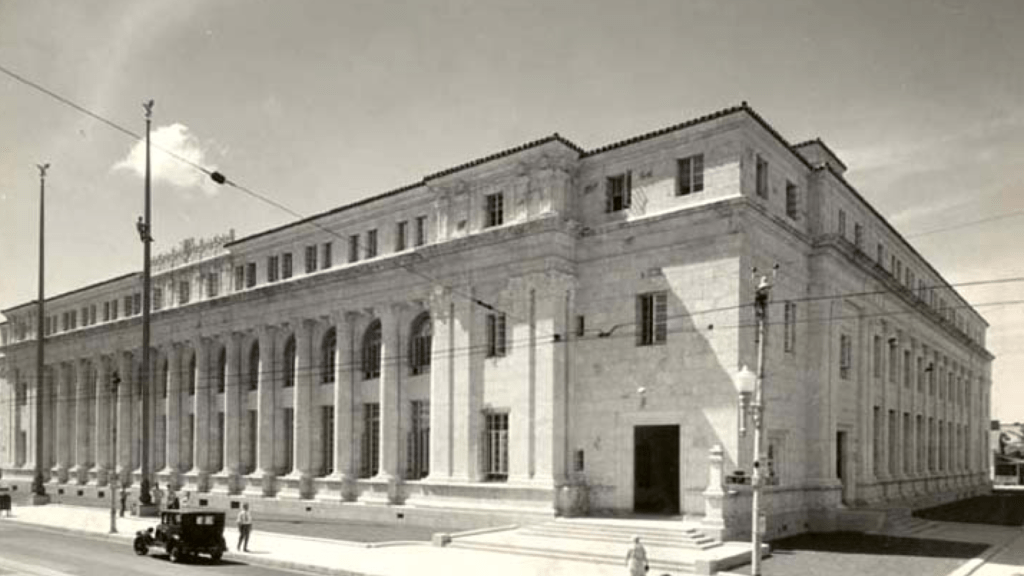
The term ‘historic preservation’ is not limited to the aging of buildings but spans efforts on active protection and maintenance of structures and spaces of cultural, historical, or architectural significance. Such locations can be related to the ancient remains of empires as well as currently fashionable buildings and hold importance in linking people to the past. Utilizing Point Cloud to BIM Services for historic preservation helps achieve several major goals, including preserving cultural assets, improving communities, and promoting economic development. We guarantee that future generations can benefit from and appreciate our heritage by preserving historic sites.
Furthermore, the preservation of the past helps in reconstructing the areas and boosting the flow of tourists making a more enjoyable society. That is a lot of historic building preservation today is sometimes carried out in an energy-efficient way thereby promoting environmental sustainability.
Benefits of Historic Preservation
- Economic Impact: Preservation can stimulate local economies by attracting tourism and creating jobs related to restoration and maintenance.
- Community Identity: Historic preservation contributes to a community’s identity and sense of place, fostering pride and connection among residents.
- Environmental Sustainability: Rehabilitating existing structures is often more environmentally sustainable than new construction, reducing waste and conserving resources.
Key Principles of Historic Preservation
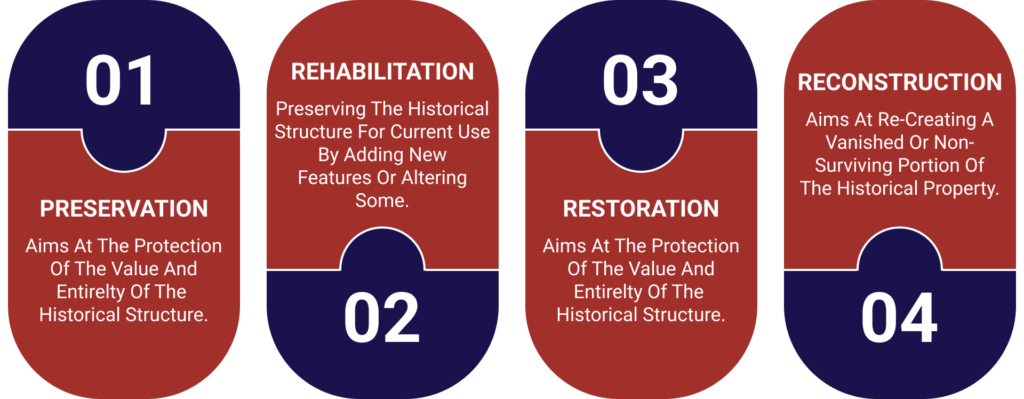
Several fundamental principles of historic preservation help to preserve historic sites while enabling their continued usage in the present. Reconstruction, rehabilitation, restoration, and preservation are some of these fundamental ideas.
Preservation is aimed at seeking the protection of the value and the entirety of the historical structure as it was built. It seeks to minimize the loss of original materials and one’s features by doing necessary repairs and or maintenance where warranted. The next related approach to the concept of preservation focuses on rehabilitating the building with significant historical relevance for current use. Such approaches may include adding new features or altering some to retain the significance of the building.
Restoration is much more intrusive and consists of the recreation of a historical building as it was in the past. This can include unmaking ‘improvements’ that have been removed from the original look of the structure.
Reconstruction is probably the most radical option, whereby every effort is made to rebuild a presence, that has vanished, following certain guidelines that can be hard to come by typically because such sites or artifacts are very valuable or crucial.
These principles provide a framework for addressing the challenge of historic preservation and guarantee that history can be cherished by all generations to come.
Challenges and Considerations in Historic Preservation
Even though historic preservation has many advantages it also has many other issues and factors. The most immediate problem relates to the budgets earmarked for the historic preservation projects. Such works often demand special skilled labor, materials, or techniques, further escalating the total cost. Compliance and applications for permits are also another huge financial cost.
There is also a conflict of interest between conserving these buildings and readying them to functions of the present day. Understanding how to harmonize the requirements that come with the originality of a building and the needs that come with the present times can be a challenge. For instance, modernizing climate control in a building or accommodating people with disabilities might entail making adjustments that might not be in sync with the historical structure of the building.
Another growing challenge with historic preservation approaches is sustainability. On one side conserving existing structures lowers the demand for new ones thereby promoting green building, on the other hand, it is worth knowing that aggressive conservation methods are equally harmful. Changing the building’s features may also include incorporating energy-saving methods and materials, cutting down waste production, and changing the design of the building so it’s more environmentally friendly.
Conclusion
Historic preservation remains an important activity that links us to our heritage, adds value to society, and makes the world better. It is with such consciousness that we can design a great place that generations will live and appreciate and will embody ideas of rich cultural history. Hold on, do not be tired, the same sentiments go on, efforts should be put into enhancing historical preservation and protection so that generations of any nationality will be able to enjoy seeing such magnificence.

